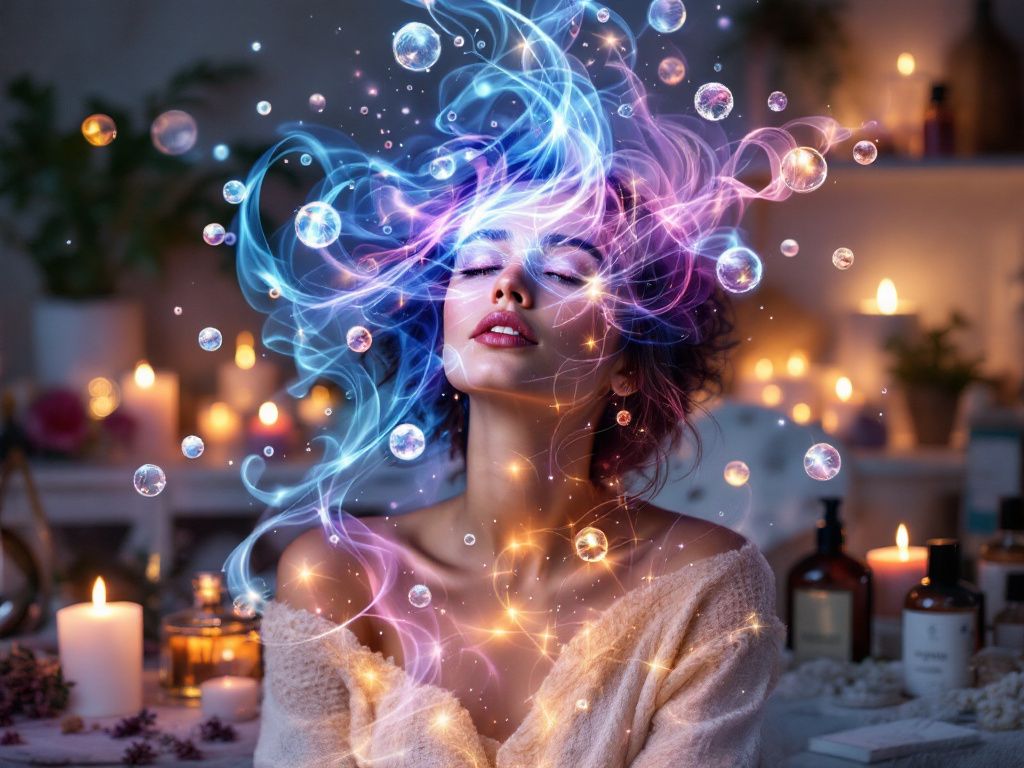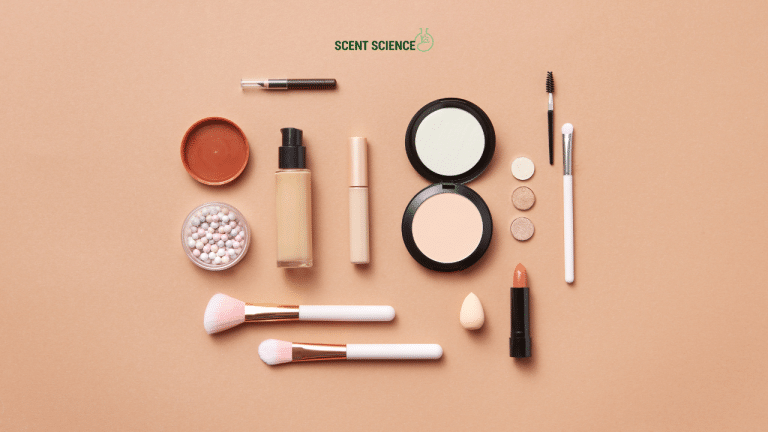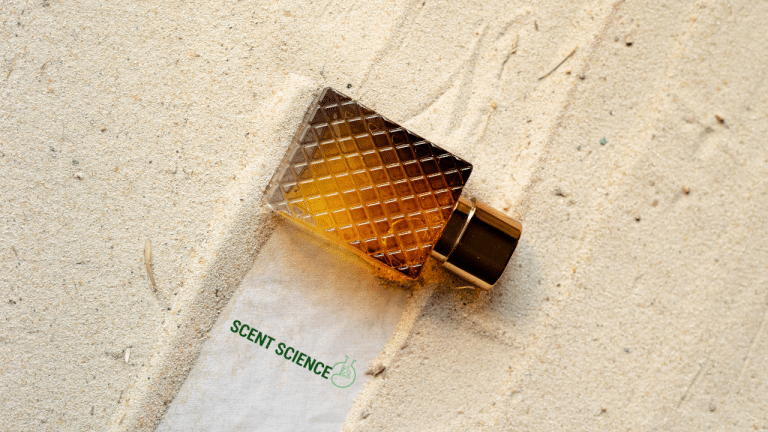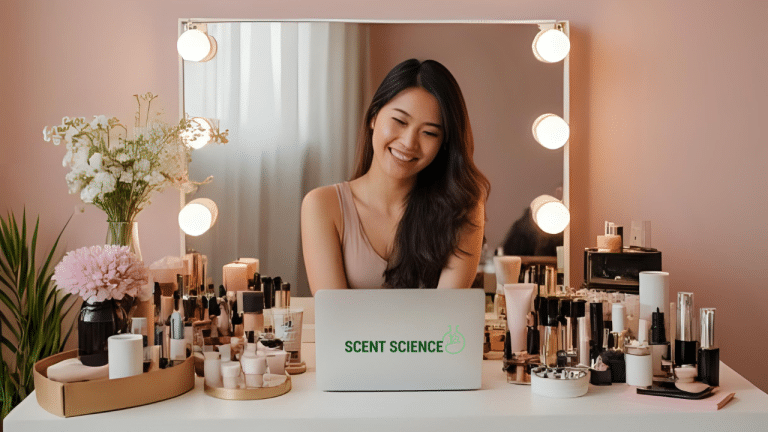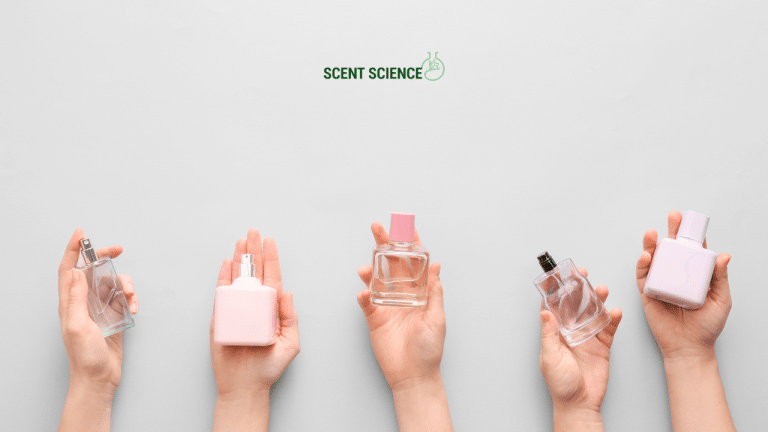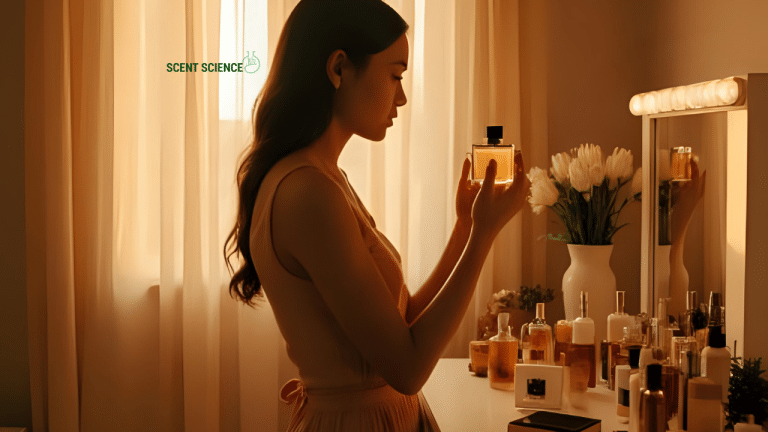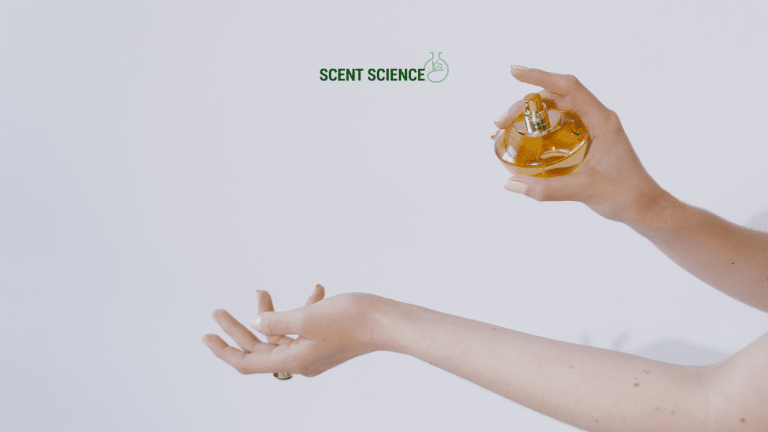Have you ever walked into a room and suddenly felt transported by the delightful aroma of lavender or the crisp scent of eucalyptus? It’s almost magical how fragrances can instantly change our mood and emote memories. But what’s happening behind the scenes? Why does a whiff of something nice give us such strong reactions? Today, we’re diving into a topic that’s as fascinating as it is mystical: fragrance diffusion. We’ll demystify how fragrance diffusion actually works (spoiler: it’s more than just mixing pretty smells) and how it’s deeply rooted in scientific principles, more in line with what one might call perfume physics.
Table of Contents
ToggleUnderstanding Fragrance Diffusion
Okay, let’s begin with the basics. Fragrance diffusion is essentially the process by which scent molecules travel through the air to affect our sense of smell. When you spritz perfume or light a candle, it doesn’t just sit there, static. **It travels.** Picture opening a bottle of wine; that ‘pop’ releases scents that fans out into the room. It’s dynamic, moving, enveloping.
But what triggers this movement? It’s all about molecule magic—fragrance molecules naturally move from an area of high concentration (like right near the candle) to an area of low concentration (the rest of the room). **Simple diffusion.** Like how two dance partners inevitably drift apart when caught up in a twirl.
The Role of Perfume Physics
Let’s dig a bit deeper into perfume physics because it’s really the hero behind every alluring aroma journey. Here’s a quick rundown:
- Energy and Motion: At the heart of diffusion is kinetic energy. The molecules in the fragrance are in constant motion. Some are faster, impacting how quickly they diffuse.
- Temperature Impact: Got a heater? Good, because temperature plays a crucial role. Higher temperatures increase the motion of molecules, thus accelerating diffusion. Safety tip, though — don’t try this with a hairspray.
- Medium and Resistance: Cozying up to your favorite fabric? Oh, it matters. Different materials slow down or speed up diffusion. A fluffy sweater traps scents differently than an open-air room.
This interplay of energy, movement, and medium highlights the purposeful dance of perfume physics, literally spreading the love (or scent, in this case).

Inside a Fragrance: What Are You Really Smelling?
Science class flashbacks, anyone? Esters, aldehydes, and alcohols… sounds wonky, but these are the major players in synthetic fragrances. to that woods have compounds like terpenes and phenolics, contributing to that woodsy, herbal vibe.
- Esters: Light and fruity – think apples or pears.
- Aldehydes: Gleefully fresh notes, here to wake your senses.
- Terpenes: Often found in essential oils. Perfect for channeling your inner zen.
These components interact not just with each other but also how they break into the air and land on our noses optimally. A glitch in this lineup can spell discord — something any aroma enthusiast wants to avoid.
Factors Influencing Fragrance Diffusion
Ah, so why doesn’t your expensive new candle throw its scent as far as you’d hoped? Several factors come into play, and often, it boils down to the science of diffusion and distribution barriers.
Concentration and Its Effect
More actual scent ingredients in a blend intensify diffusion. A highly concentrated perfume isn’t just expressive — it’s also aggressive, determined to fill every nook of airspace.
Nature of the Carrier
What’s ferrying those fragrance molecules to your nose? The answer could be alcohol, water, or oil, each distinctive. For instance, alcohol evaporates quickly, delivering a potent spread but a shelf life akin to summer flings — short-lived. The slower moving oils offer longevity in scent timeout. It isn’t lazy; it’s purposeful.

Size and Shape of the Room
The potential here is limitless in larger areas which diffuses the scent slowly have more air to cover. Reactive battlers—open again windows can be both a foe and a friend to spreading aroma symphonies.
Humidity Levels
How damp or dry the surrounding air is plays into how a scent rides in the atmosphere. Humidity grants the mist carrier assists, adding stability to lighter notes like florals.
Enhance Your Fragrance Experience: Recommended Practices
Fancy yourself as a fragrance wizard? Let’s turn you into one by refining your fragrance diffusion game:
- Select the Right Medium: Understand where and what you’ll be using fragrance. Want instant impact? Go for a spray. Seeking something soothing? An oil diffuser might just win your heart.
- Mind the Climate: Instinct develops through repetition but experiment with different temperature and humidity settings. Know what works? Stay a trailblazer.
- Layer for Longevity: Overlapping scents can change the game’s nature. Anchor airy, light fragrances with comforting, heavy basenotes for balance.
- Placement Strategically: Target high-traffic zones or captivate with the unexpected. A bathroom’s cozy vibes are perfectly polished by a citrus-soulful candle.
Pitfalls and Perfume Faux Pas

Want to swerve the siren’s song of scent schtoopiness? Take heed of these tips:
- Overpowering Bombs: Tempting as it may be, excess can crash it all down. Diffuse, don’t explode a scent.
- Ignoring Environment: Fire-lit bliss may turn sour in stuffy quarters. Be critical of circumstance.
- A Nose Blind Sentimentality: What works in one room may skip notes in another. Be versatile.
Scientific Research in Fragrance Diffusion
There’s a dynamic nuancing involving crossover sciences beyond chemistry: biotechnology, sensory physiology, and even psychology. It’s proof that the humble fragrance’s tactile expressions hold elegance and exactitude, affecting not only how we perceive life but binding cultures and memories for ages.
Even NASA played catch with fragrance research, seeking molecules that could help astronauts mentally stimulate positively during long missions. This confirms diffusion’s broader impact in temporal coping.
Taking a Close Scentful Reflection
You’ve memorized scientific facts and presented diffusion dynamics upfront, so what’s next? Your takeaway doesn’t stop post-read but incites curiosity in experiencing fragrance differently. Maybe it inspires brunch banter or prompts an impulse candle purchase—consider the tone your seamless blend of information should embrace alikeness to just another exciting step in nature’s most aromatic puzzle.
Welcome not just fragrance enamor but an eager nudging toward composing aromatic miracles whatever circumstances envelop beyond skin deep. Remember, every breath matters, and this is the magnificence that prompts us all to follow the trail of a scent and—linger longer, enjoying the accord.
Ah, savor it; the science is a delight, isn’t it?
Frequently Asked Questions
What is fragrance diffusion?
Fragrance diffusion refers to the process by which fragrance molecules spread through the air. This is driven by the tendency of materials, particularly volatile organic compounds (VOCs), to spread from a source where possible. In the context of perfumes and essential oils, diffusion involves the evaporation of these molecules into the air, creating a scent that can be perceived over a distance[1][4][5>.
What factors influence the rate and extent of fragrance diffusion?
Several factors influence the rate and extent of fragrance diffusion. These include temperature, air circulation, humidity, surface area, and the concentration of fragrance oils. Higher temperatures and adequate air circulation can accelerate diffusion, while high humidity can slow it down. The surface area where the fragrance is applied and the concentration of the fragrance oils also play significant roles[1).
How do diffusers enhance fragrance diffusion?
Diffusers enhance fragrance diffusion by dispersing essential oils or perfume molecules into the air using various methods such as air pressure, mist, a fan, or a heat source. For example, ultrasonic diffusers create microfine particles that rise with water molecules, while nebulizing diffusers atomize essential oils using a pressurized air stream. These methods increase the surface area from which the fragrance can evaporate, leading to more effective and widespread diffusion[4][5).
What are the benefits of using diffusers for fragrance diffusion?
Using diffusers for fragrance diffusion offers several benefits, including improved air quality, enhanced mood, and a continuous, subtle release of fragrance. Diffusers can also promote relaxation, alleviate stress, and provide a safer alternative to candles or sprays. Additionally, they allow for customizable scents and serve as decorative elements in home decor[2][5).
References
